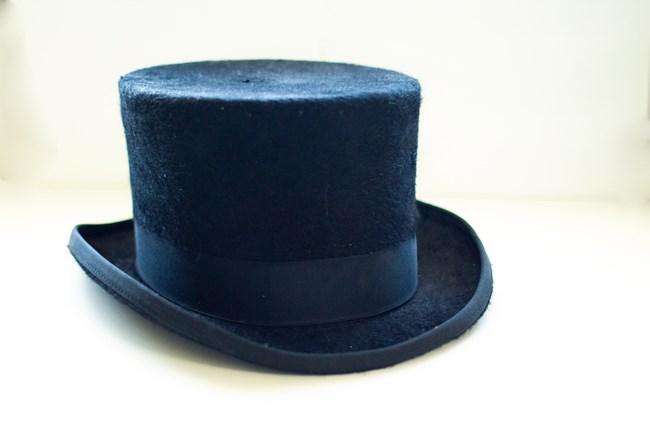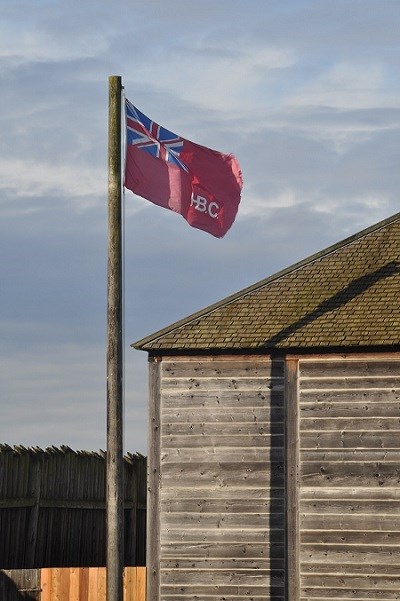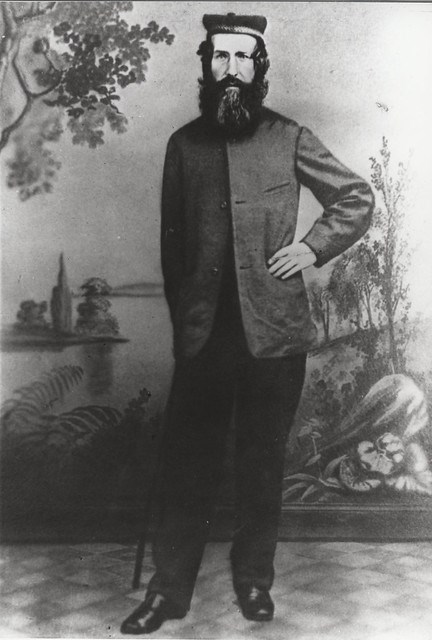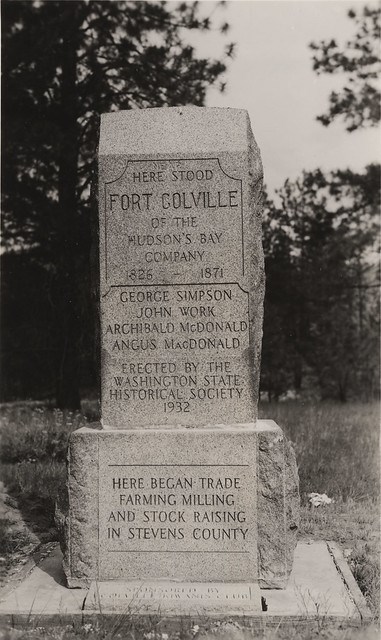
Library of Congress Fort Colvile was a British trading post established in 1825 by the Hudson's Bay Company (HBC). It was located near Kettle Falls, the site of an important summer fishing camp for many Native American tribes. From 1825 to 1846, Fort Colvile was a key fur trading post and agricultural hub in the Columbia Department of the HBC, second only to Fort Vancouver in importance. It remained profitable for many years after most other posts below the 49th parallel had closed due to the Oregon Treaty of 1846. 
Lake Roosevelt National Recreation Area Early Fur Trade in the Pacific NorthwestFor centuries, Euro-American fur traders ventured throughout the North American continent to trade manufactured goods, rifles, tobacco, and alcohol with Native Americans in exchange for animal furs, particularly the beaver pelt. Once traded, furs and pelts were shipped to European factories and made into high class fashion. For men, the beaver pelt was styled into the beaver top hat. Women wore scarves and coats. These items were a mark of upper class status and were often passed down to the next generation in their family. The fur trade was a highly profitable business. For example, one rifle valued at 1 pound, 6 shillings in the 1800s (approximately $100 in today’s U.S. currency) could be traded for 20 to 25 beaver pelts and sold at the factory for 50 pounds each. Of note, a dockworker’s salary at the time was only 10 pounds a year. 
Robert Carter By the 1800s, the Pacific Northwest was one of the last areas in North America yet to be explored by Euro-Americans. While the American expedition of Lewis and Clark traversed the southern portion of the Columbia River and followed it to the Pacific Ocean in 1805-06, the mission was largely for exploration. Beginning in 1807, David Thompson, a fur trader, explorer, and cartographer from the Montreal-based fur trading firm, the North West Company (NWC), began a series of expeditions in the Canadian Rockies. His goal was to find a viable waterway from the interior containing a plentiful resource of pelts to the Pacific Ocean. During his search, he directed the establishment of several fur trading houses in the Pacific Northwest, most notably the Spokane House in 1810 on the confluence of the Spokane and Little Spokane Rivers. 
Fort Vancouver National Historic Site Building an EmpireThompson’s desire for a fur trading post at Kettle Falls would not be realized until 1824 when the Hudson's Bay Company formed the Columbia Department, a vast region from Sitka, Alaska to Yerba Buena (San Francisco, CA) and from the crest of the Rocky Mountains to Honolulu, Hawaii. The HBC merged with its rival, the North West Company, in 1821. Along with the NWC possessions and houses, the Columbia Department reconsolidated to close old, unproductive houses and open new ones. In April 1825, Governor George Simpson, head-in-chief for the HBC in North America, chose the sites of the two most important houses for the Columbia Department: Fort Vancouver near the mouth of the Columbia river and Fort Colvile next to Kettle Falls. Just 1/3 mile south of Kettle Falls, the site Simpson chose is in a horseshoe-shaped nick surrounded by tall, steep hills. The site was donated to the HBC by a the Colville Salish chief under a verbal treaty, provided the fur traders did not interfere with the salmon fishery. Governor Simpson named the future post, Fort Colvile, in honor of the London Governor of the HBC, Andrew Colvile. The HBC with its fur trading enterprise and the Columbia Department would maintain control of the large area of land for Great Britain. 
Lake Roosevelt National Recreation Area Building a PostConstruction on Fort Colvile began in August of 1826. John Work, a contractor for the HBC, tore down the Spokane House and brought the wood to the new site to begin assembly of a store. Cedar was brought down from Canada to build more buildings including numerous cellars, store houses, a saw gristmill, residence, a blacksmith’s house, trade houses, boat houses, a chief trader's house, servant's quarters (pictured), stables, and more. For protection, the fur traders built a stockade and bastions. FarmingSilt from glacial floods during the last Ice Age provided the flat area surrounding Fort Colvile with rich nutrients for agricultural production. More than 340 acres of land were used for agricultural production to include: potatoes, wheat, oats, peas, barley, carrots, and numerous garden vegetables. In addition, the White Mud Farm, a farm and cattle post was located nine miles away and provided livestock, hay, and dairy production of butter and milk. The natives brought salmon to the post to be traded for manufactured goods. Food was shipped regularly to all of the houses and posts throughout the Columbia Department. Any surplus of food produced was sent to Hawaii. Even Hawaiians were brought to Fort Colvile to help grow agricultural crops. Fur traders and missionaries from nearby St. Paul’s Mission encouraged Native Americans to adopt Euro-American cultural practices including converting to Christianity and growing agricultural crops. 
Lake Roosevelt National Recreation Area PeopleAt any one time, approximately 20 to 25 people worked and lived at Fort Colvile. Social structure and employment at the post and for the company were based upon social class and was fixed with little to no opportunity for promotion. The post was led by upper class gentlemen from Canada, Britain, and Scotland. They served as company commissioned officers and filled the positions of clerks, apprentice clerks, and chief trader. The chief factor held the senior rank and was in charge of the post. Chaos, Decline and Close of BusinessIn 1846, the United States and Britain signed the Oregon Treaty marking the 49th parallel as the international border. While the HBC ceded almost all of its possesions and holdings south of the new international border to the United States, the U.S. government allowed the company to keep Fort Colvile and continue operation. In 1847, Marcus Whitman and 12 others were killed at his mission near Walla Walla. The threat of native attack on missionaries at Tshimakain mission, 70 miles to the south of Fort Colvile, forced the Walker and Eells families to close it and be relocated to the trading post for safety. 
Lake Roosevelt National Recreation Area Later YearsChief Factor McDonald resigned his post as master of Fort Colvile but retained possessions of the buildings as a residence for him and his family until 1907. After the family left, the buildings began to decay. Visitors who came to Kettle Falls stopped at the fort to have their pictures taken as part of a tourist attraction. On July 7, 1910, a suspicious grass fire spread across the Marcus Flat plain and destroyed all of the remaining post’s buildings. In 1933, the construction of Grand Coulee Dam began and was completed in 1941. Today, the site lies underneath the backwaters of Grand Coulee Dam and within the boundaries of Lake Roosevelt National Recreation Area. Most boaters that float in the area known as Singer’s Bay have little idea of the long and colorful history that lies beneath them. |
Last updated: June 2, 2023
